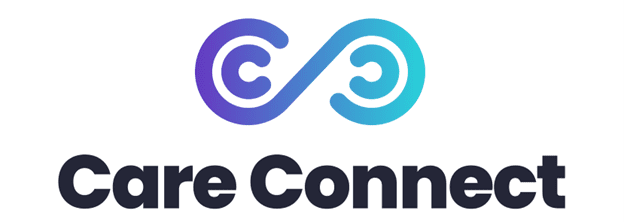
Home Health Communication Failures: Hidden Costs and How to Fix Them
The Future of Post-Acute Care Starts with Communication, Not Just Care
In today’s home health and hospice industries, communication failures are quietly driving costs, increasing risks, and damaging patient care. Studies show that home health communication failures are responsible for a significant portion of adverse events, yet most agencies still rely on outdated, unsecure methods to manage critical information.
On the other hand, when people think about improving home health and hospice care, they usually focus on clinical skills, staffing shortages, or reimbursement policies.
But there’s a much quieter (and arguably more dangerous) crisis happening every day: broken communication.
70% of post-acute care agencies still rely on paper notes, unsecure texting, and endless back-and-forth phone calls to coordinate care [1]. And patients are paying the price.
The Real Cost of Poor Communication in Home Health and Hospice
Communication Failures Are Not Just an “Inconvenience”; They’re Deadly
Studies show that communication errors are responsible for up to 80% of serious medical errors across healthcare settings [2].
In home health and hospice, the risks are even higher: patients are medically fragile, care teams are decentralized, and families often feel left in the dark.
A missed message about new symptoms? A forgotten supply order? A delay in confirming medication changes?
In these settings, small gaps snowball into crises fast.
The True Cost: Staff Burnout, Family Distrust, and Agency Risk
Poor communication doesn’t just hurt patients. It kills agency performance from the inside out:
- Staff burnout: Caregivers waste hours chasing down updates and clarifications
- Family frustration: Families call repeatedly, feeling anxious and uninformed
- Legal risk: HIPAA violations from non-compliant messaging apps can cost agencies up to $50,000 per incident [3]
- Lost referrals: Agencies gain reputations as “disorganized” — a death sentence in a crowded market
Agencies stuck in old systems are bleeding time, trust, and money every single day — whether they realize it or not.
Why Existing Solutions Have Failed
If communication is so critical, why hasn’t the industry already solved it?
Simple: most tech options are either too expensive, too complicated, or not built for post-acute realities.
- EHR messaging modules are clunky and designed for hospitals, not home-based teams
- Texting apps like WhatsApp are fast but not HIPAA-compliant
- Staff training on new systems often takes weeks; an impossible lift in an industry already stretched thin
There’s been no real middle ground until now.
Solutions for Fixing Communication Failures in Home Health and Hospice
Care Connect was built specifically for post-acute care agencies, not hospitals, not general medical clinics.
Our platform offers:
✅ HIPAA-compliant, mobile-first communication (no extra hardware needed)
✅ Smart supply requests directly from patients and families
✅ Real-time updates that cut family phone calls significantly!
✅ A simple, intuitive experience that staff can learn in minutes, not weeks
We didn’t just digitize healthcare communication.
We rethought it for the realities of home health and hospice life.
Final Thought: Agencies That Ignore This Will Be Left Behind
Patients now expect fast, digital, transparent communication with their care teams, just like they do in every other part of life.
Agencies that can’t meet this standard will lose patients, referrals, and staff to those that can.
Communication is no longer a “nice-to-have.”
It’s a survival tool.

